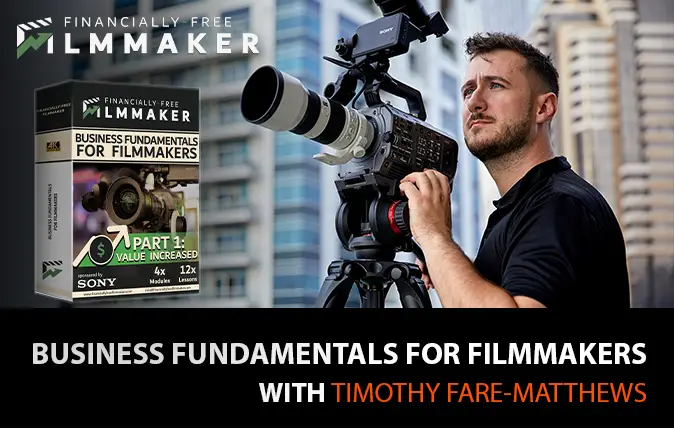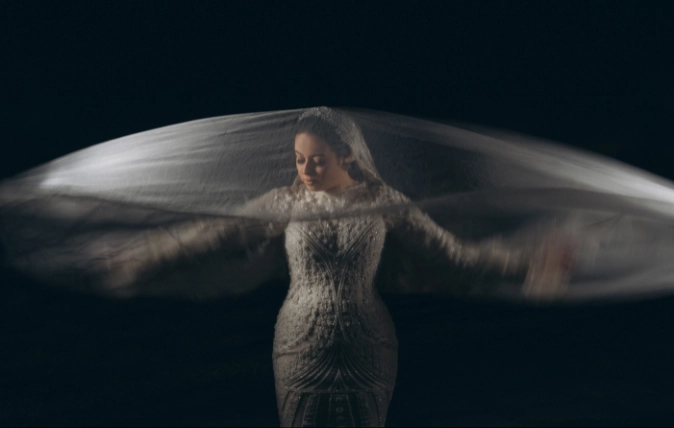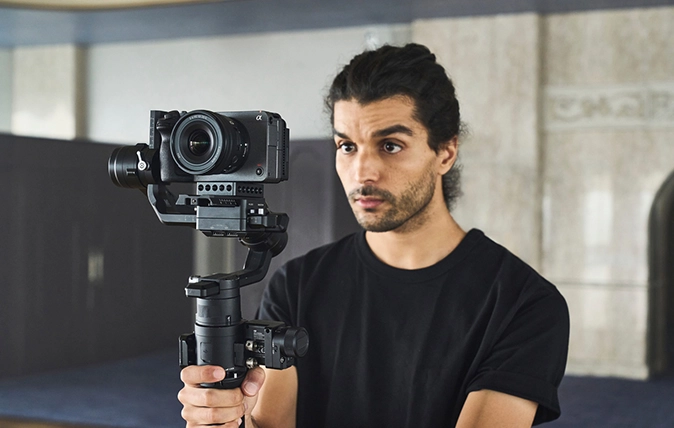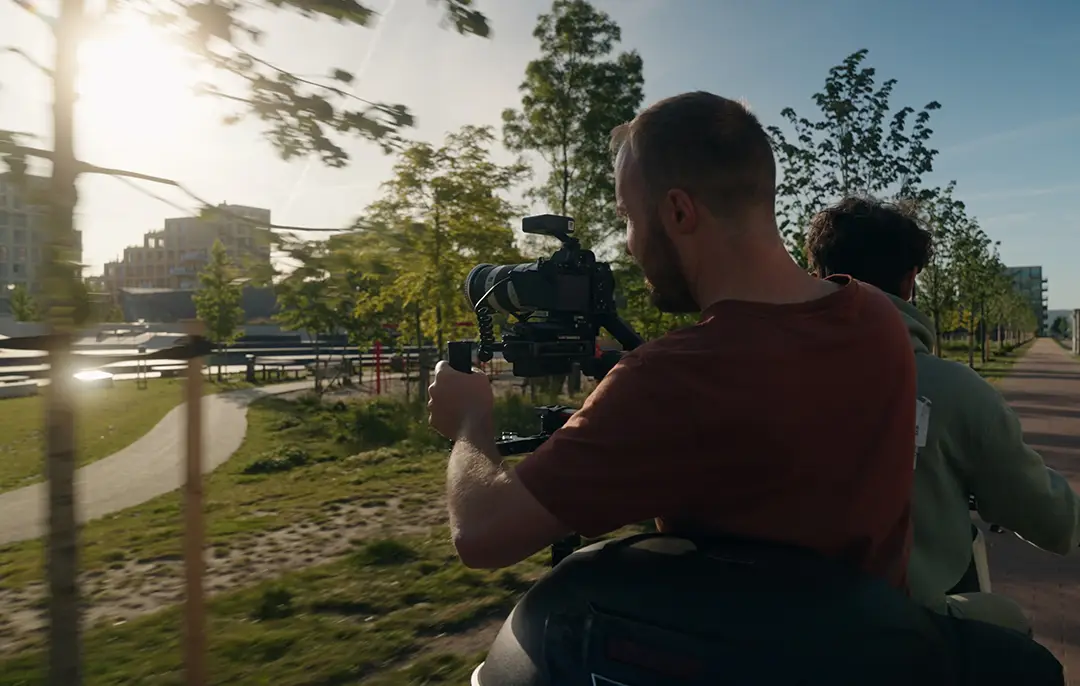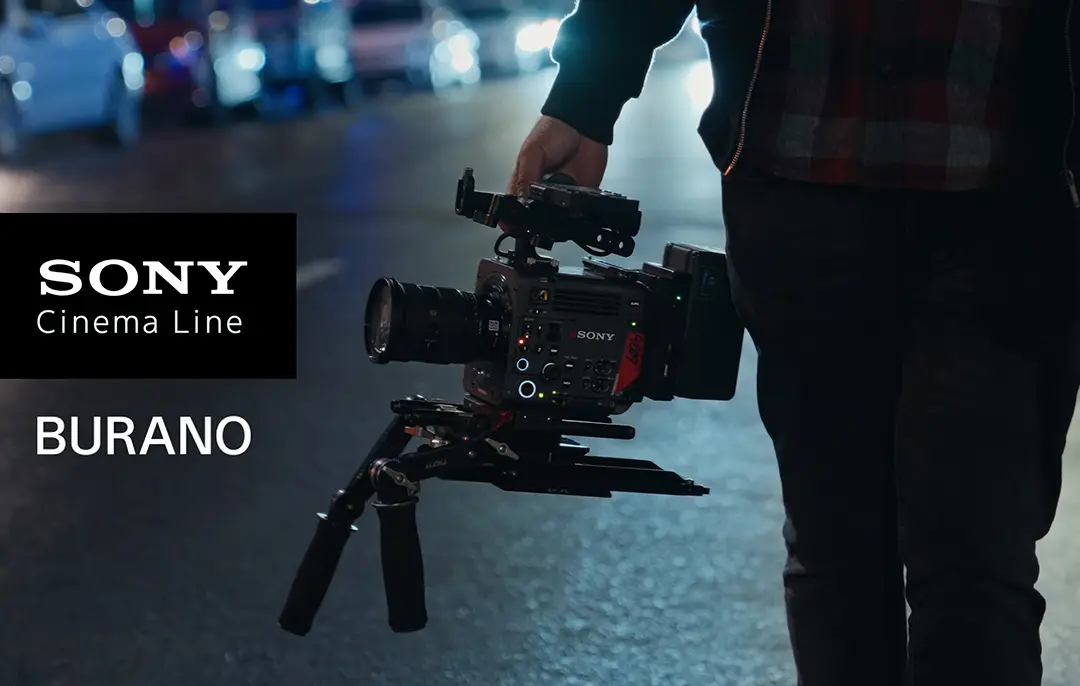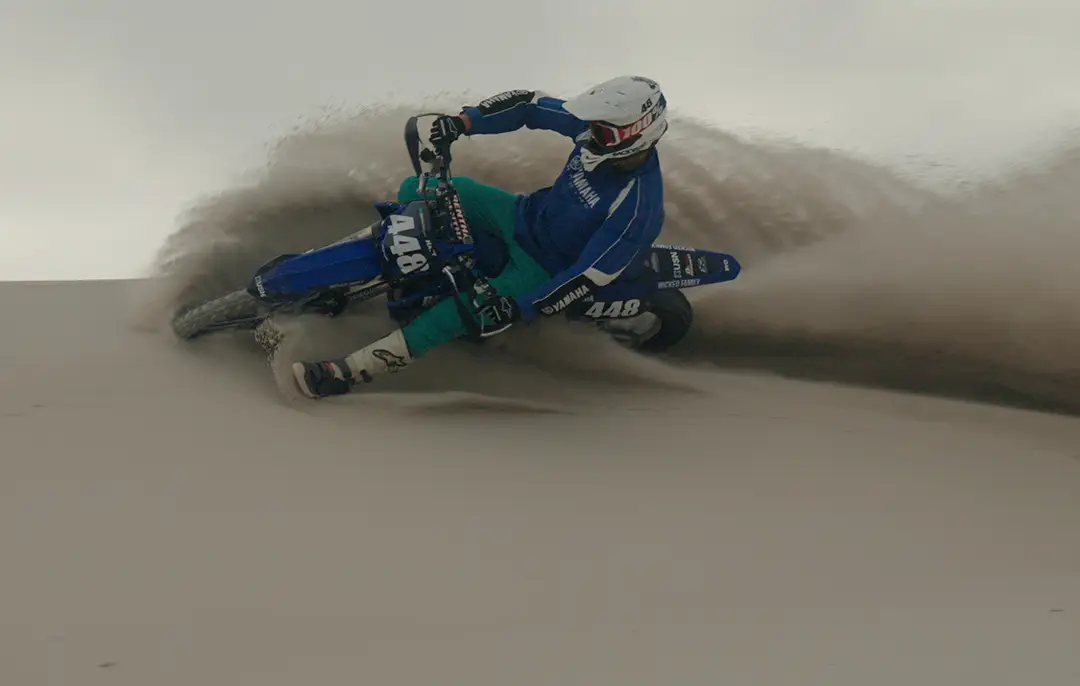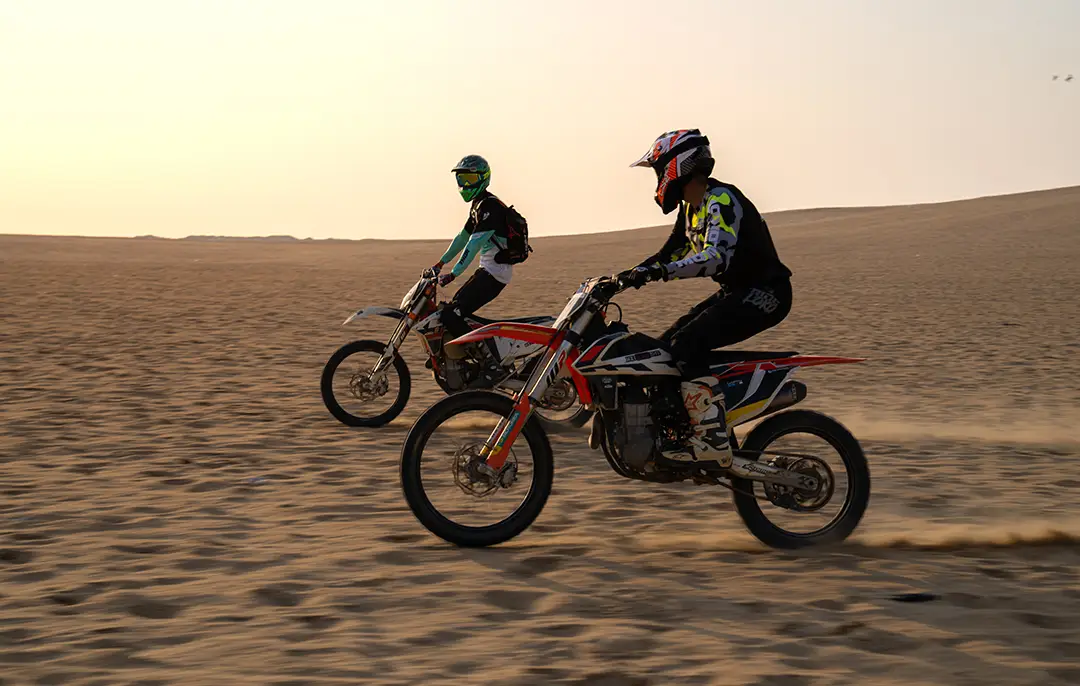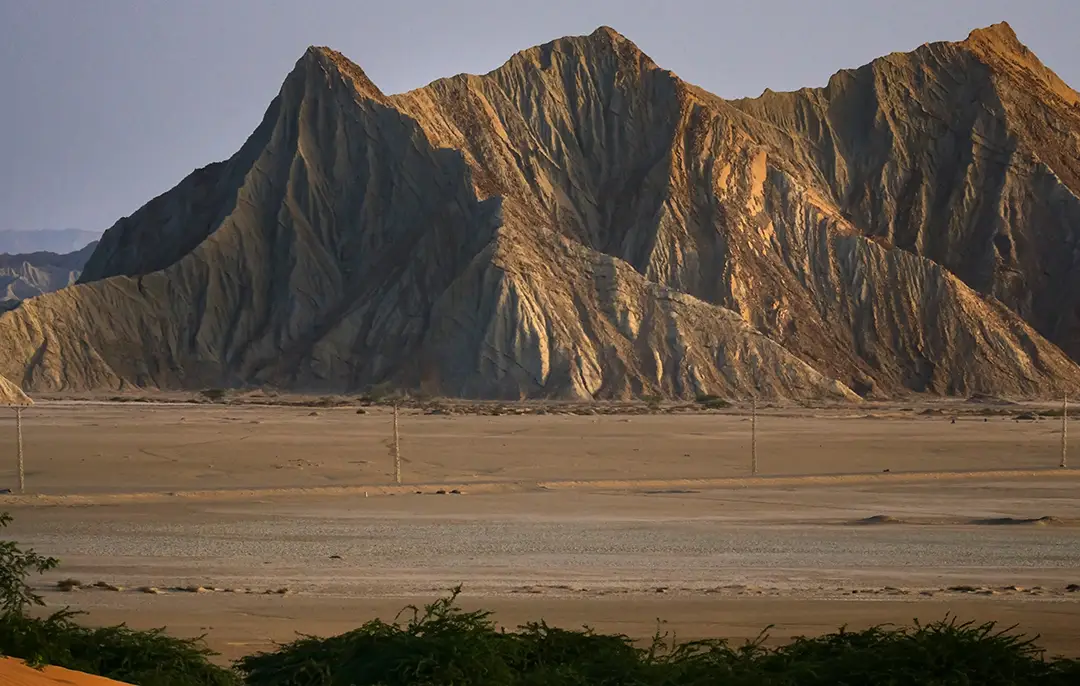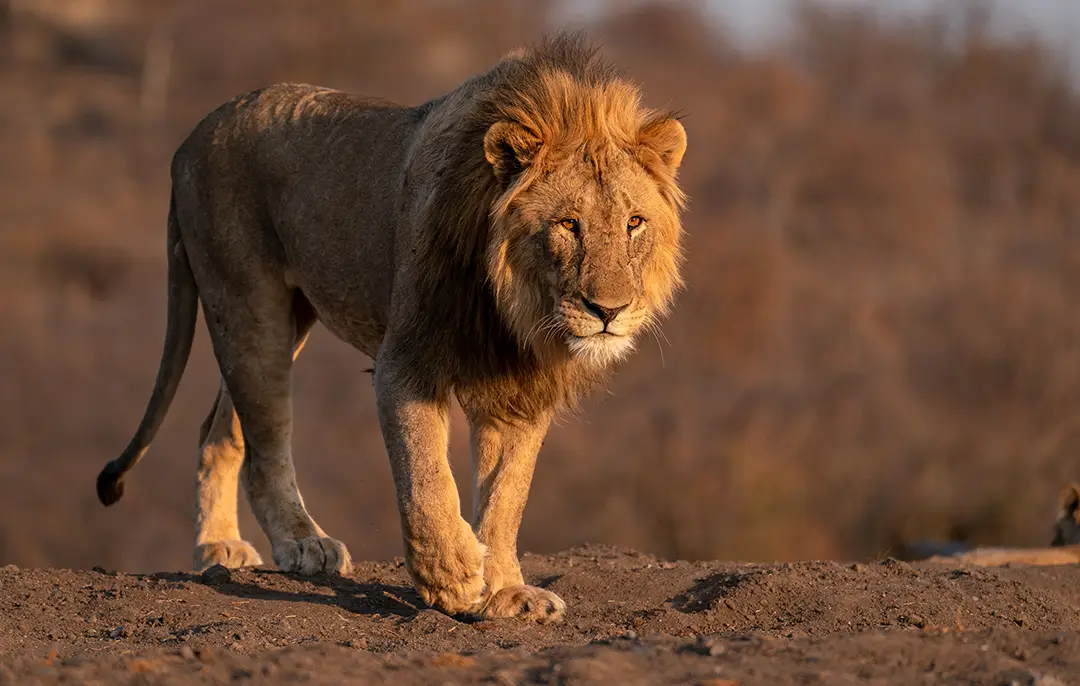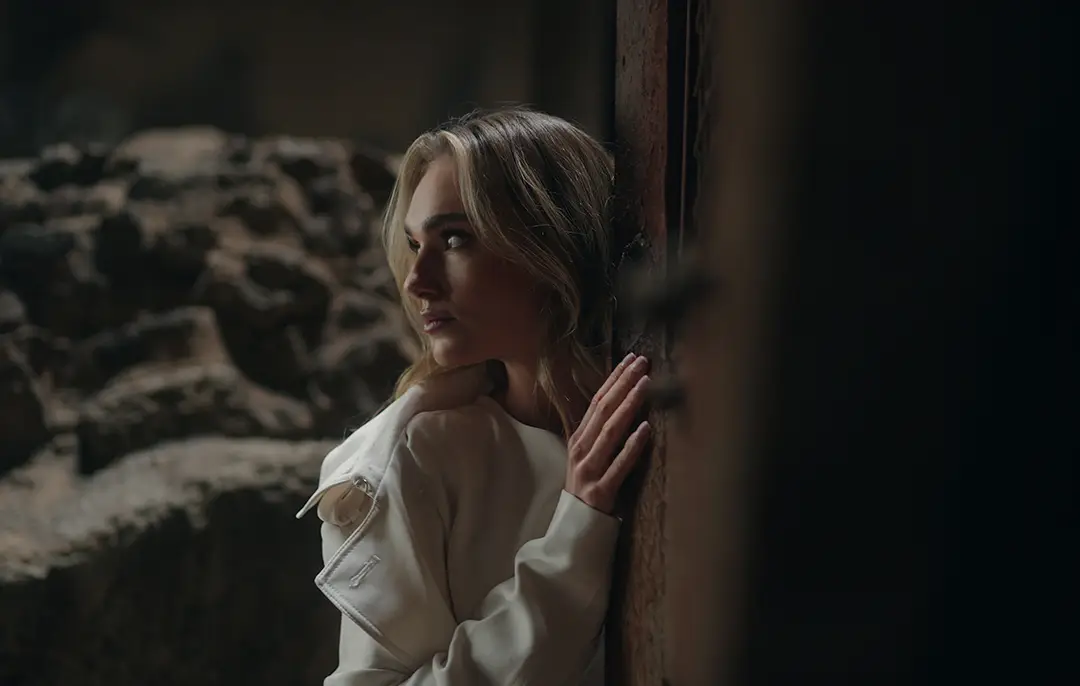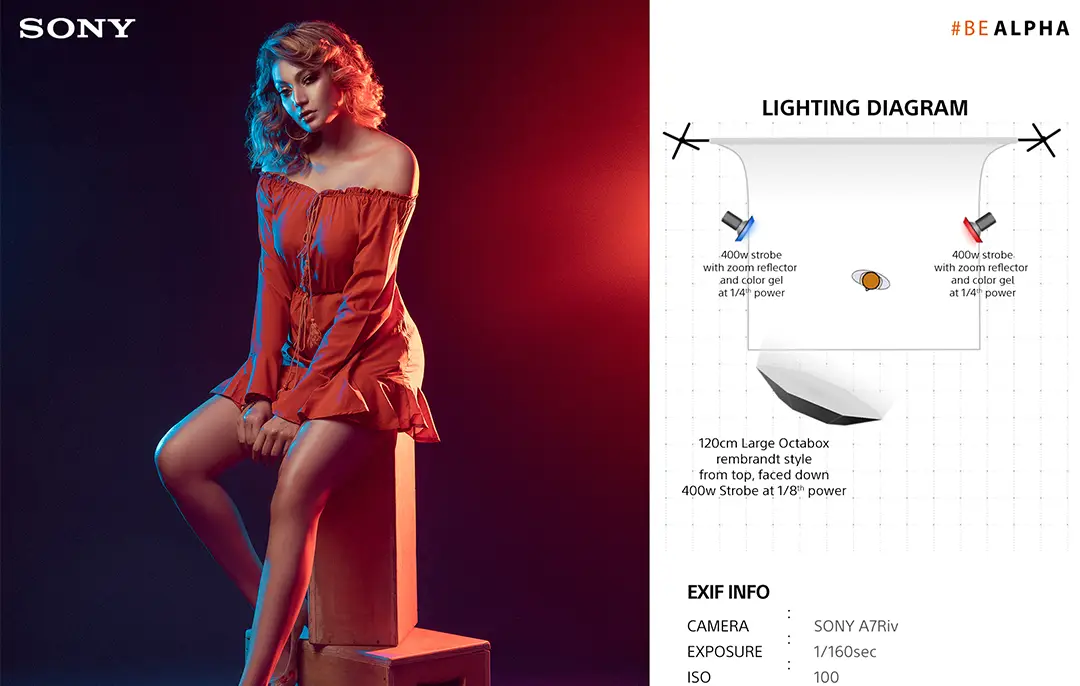
FEATURED STORY
Lens guide for video
By Jacques Crafford
“If you can only choose one lens for video, what would be?” This is a question I get asked often and I never have a quick answer. In this article I hope to simplify it and provide a clear guide so that you can answer that question for yourself.
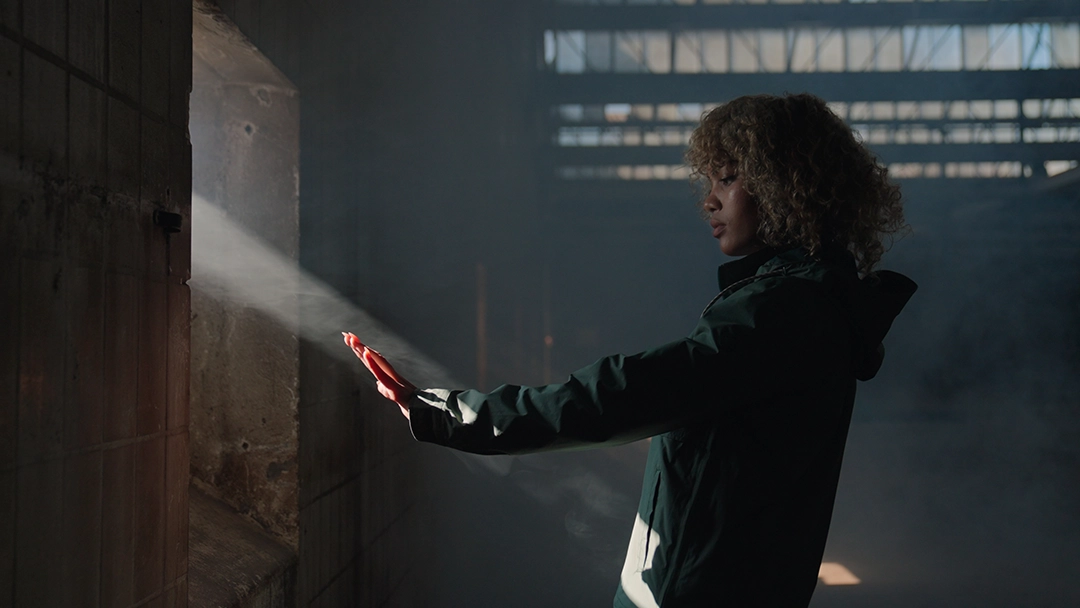
When it comes to the choice of one lens you have to put the lenses into 2 categories. Primes and Zooms. In an ideal world it would be great if you could grab one prime and one zoom but for now let’s say that you really can only pick one, looking at the pros and cons can help with the decision.
PROS of a PRIME LENS:
- Fast glass performs better in low light. With lower apertures you can get a lot more light to hit your sensor which enables you to shoot in darker areas without introducing noise to the image.
- With this low F/stop also comes a shallow depth of field which can be beneficial in creating a look and knocking out any distracting elements in the background. This is often my motivation for using a prime over a zoom lens more than low light.
- When you’re forced to “zoom with your feet” you’re constantly seeing your environment in a new way, opening up new perspectives to get interesting angles. This I find has improved my creativity in finding better angles.
CONS of a PRIME LENS:
- Limited Framing and distortion. If you need a wide shot and you don’t have enough distance to move back, you simply won’t be able to capture the shot
- Although you can physically move in closer, the lens still has a perspective and distortion that might not be favorable to shooting people, for example a wider prime like a 24mm will look wildly different than a 85mm.
PROS of a ZOOM LENS:
- Flexibility to capture wides and close-ups even when the terrain is limiting.
- Zooming with your feet gives you more perspectives for example, going close-up on a person on the wide side gives a warped experience and going tight on the long end with a gimbal can create the parallax effect, something not possible on wider primes.
CONS of a ZOOM LENS:
- Deeper Depth of field can sometimes hinder the artistic intent with more distracting elements visible in the background especially on the wide end of the lens in other words if you stand further back most of the image will be in focus.
Taking these PROS and CONS into consideration I’ve come to the conclusion that there’s only one focal length I would choose in a PRIME and one in a ZOOM.
In PRIMES on a Full Frame camera I will always choose a 35mm focal length. It has just enough zoom to it to be used on people as a portrait lens but can also cover wider frames if you move a bit back. If I were shooting on a Super35 Sensor like the FX3 or A6700, I would go for a 24mm because that gives you the equivalent of a 35mm prime on Full Frame. In the Sony line-up of 35mm lenses there are three main options to consider so let’s look at their differences.


Sony 35mm F/1.4 GM
The G-Master series are known for being exceptionally clean and sharp and the 35mm does not disappoint. Optically it falls in the category of perfect and the color rendition is by far the best but one of the negatives I have with this lens is the Focus Breathing. Of all the 35mm lenses, the GM has the most breathing. Although this can be solved with breathing compensation, you actually need a camera with that feature and when turned on there is a slight crop on the image, something that might cost you if you need to go wider and can’t.
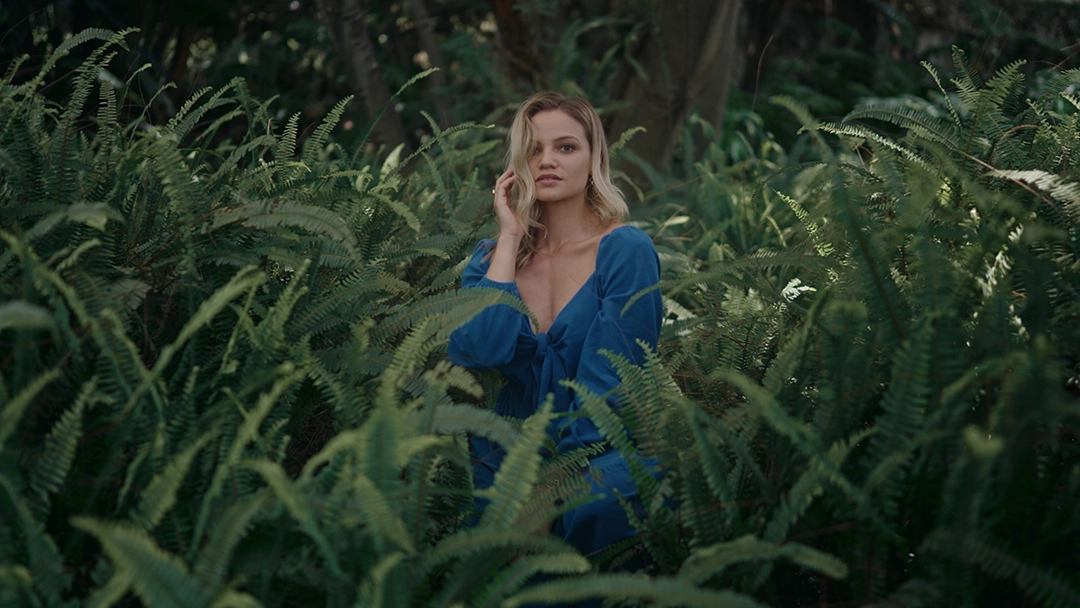
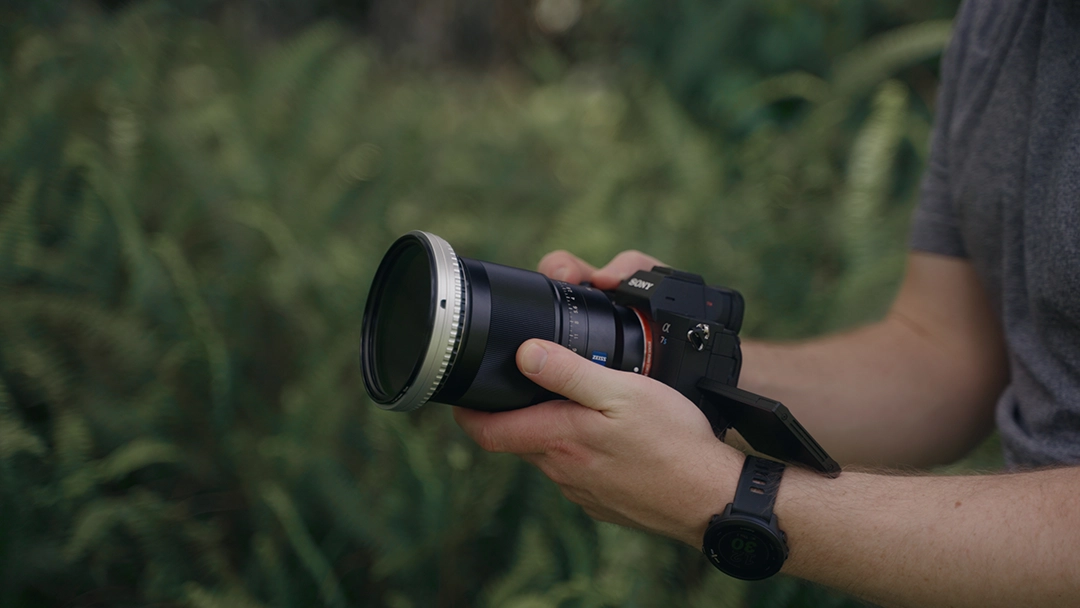
Sony 35mm F/1.4 ZA
The older version of Sony’s fastest 35 is still one of my favourite lenses. It has a creamy bokeh and some small optical flaws that add character to the image. If I didn’t have the budget for a G-Master, this would be my pick. Although it also has Focus Breathing, it is a little less than the G-Master which means you might get away on some focus pulls without seeing it if you don’t pull from the extremes in other words, it might save you from enabling focus breathing.
Sony 35mm F/1.8 G
This lens is a great option if you’re on a budget and still want a fast 35mm. The lens Sharpness is very good but what makes this lens a great option is the fact that it’s smaller and lighter, perfect for gimbals and it has virtually zero focus breathing, also something to consider.
In ZOOM Lenses, regardless of Full Frame or Super 35mm sensor I will always opt for a lens in the 24-70mm Range. The reason for this is because both ends 24mm and 70mm are wide enough and tight enough for a variety of filming scenarios and should be able to get you through an entire project without having to change a lens unless you’re doing real estate which requires wider field of view or wildlife which requires longer focal lengths. For everything else, 24-70mm should cut it.
My two favorite picks here are:
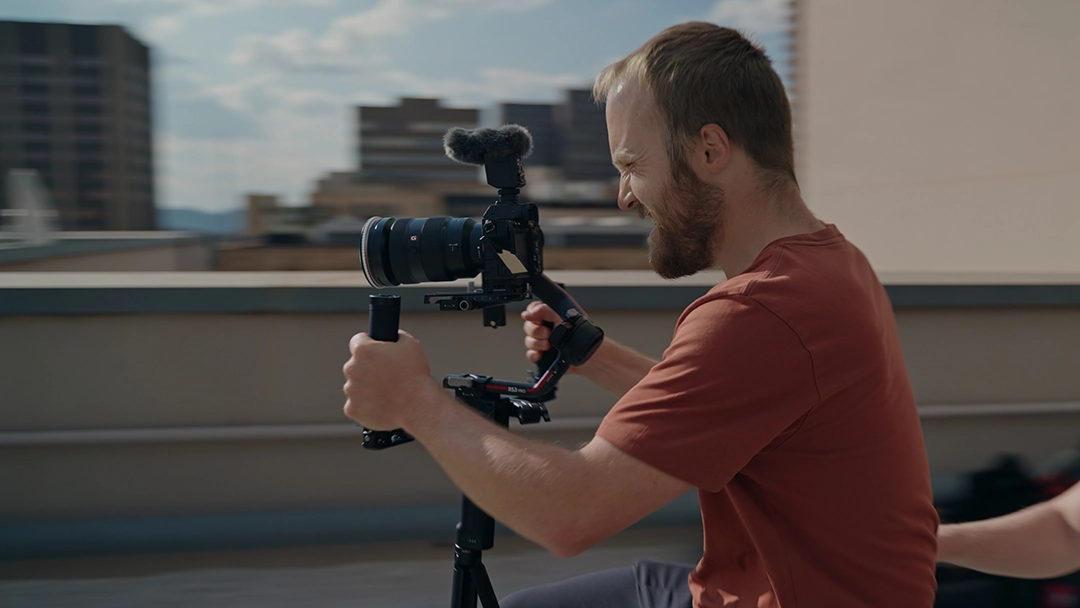

Sony 24-70mm F/2.8 GM II
This lens is everything I love about Sony Glass: super sharp, clear corners and fast focus! With F/2.8 you can still get beautiful bokeh and shallow depth of field, especially if you stick between 50mm and 70mm or if you go close to your subject with distance between the background. It’s the perfect lens to put on a gimbal and F/2.8 can handle a lot of darker scenarios depending on which body you use.
Sony 20-70mm F/4
This lens gives you a 4mm wider view on the wide end which sounds small but it’s not. 20mm is quite a bit wider than 24mm hence the sacrifice from F/2.8 to F4. I only recommend this lens for camera bodies that shine in low light like the A7sIII, FX3 and ZV-E1 because the F4 can quickly become a challenge in darker scenarios. At F4 the depth of field is really deep on the wide end which means almost everything is in focus but if you zoom past 50mm you can still get some pretty beautiful blurry backgrounds, depending on the distance of the camera to your subject in relation to the background. Ultimately I would choose the 24-70mm not because of the better low light but because of the option of shooting at a shallower depth of field.

